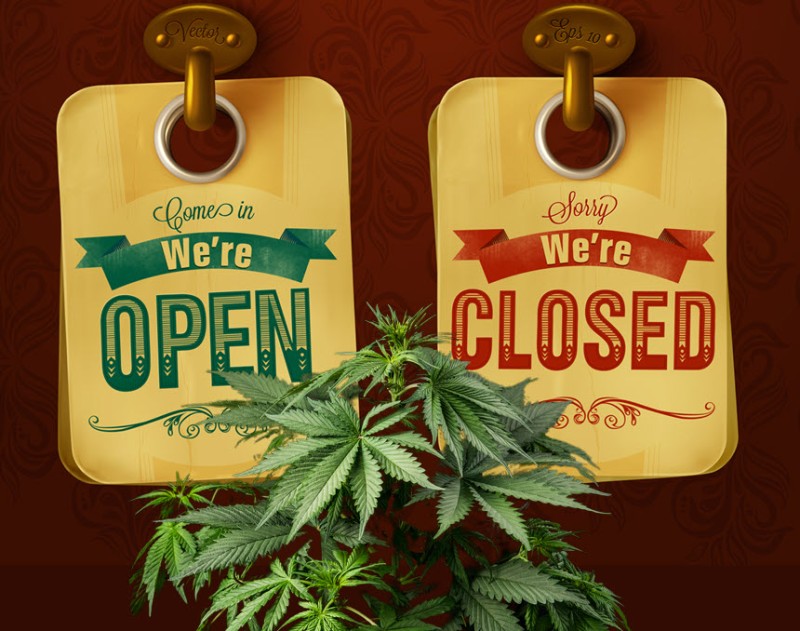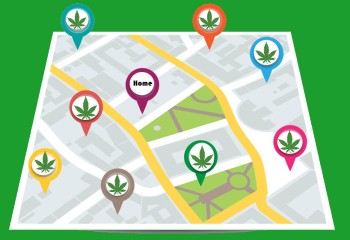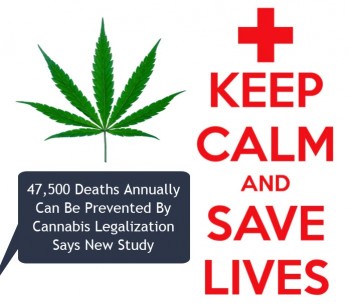
In recent years, the landscape of cannabis use in the United States has undergone significant changes. One of the most notable trends is the dramatic increase in medical cannabis patients, which has surged six fold over the past six years. However, this growth contrasts with a decline in medical cannabis patient numbers in states where recreational cannabis use has been legalized. This article explores the factors behind these trends, the implications for public health and policy, and the potential future of medical cannabis in a changing regulatory environment.
The Surge in Medical Cannabis Patients
Over the past six years, the number of medical cannabis patients in the United States has increased substantially, reflecting broader acceptance and integration of cannabis as a legitimate medical treatment.
Growth Metrics and Trends
-
Dramatic Increase: The number of registered medical cannabis patients has grown six fold, from approximately 800,000 in 2018 to over 4.8 million in 2024. This rise indicates a growing recognition of cannabis’s therapeutic potential and an expanding patient base.
-
Increased Acceptance: Greater acceptance of medical cannabis is partly due to increased research supporting its efficacy in treating various conditions, such as chronic pain, epilepsy, and multiple sclerosis.
-
Enhanced Accessibility: Changes in state laws and the expansion of medical cannabis programs have made it easier for patients to obtain medical cannabis. Increased availability of medical professionals willing to prescribe cannabis has also contributed to this growth.
Factors Contributing to the Increase
-
Greater Awareness: As public awareness about the benefits of medical cannabis has increased, more patients have sought it as an alternative or complementary treatment to conventional medications.
-
Legislative Changes: Many states have broadened their medical cannabis programs, allowing for a wider range of conditions and simplifying the application process.
-
Improved Research: Ongoing studies and clinical trials have provided more evidence of the efficacy of cannabis in treating various health conditions, boosting its credibility and acceptance among patients and healthcare providers.
The Decline in Medical Cannabis Patients in Legalized Recreational States
In contrast to the national trend, states that have legalized recreational cannabis have experienced a decline in the number of medical cannabis patients. This shift raises important questions about the dynamics between medical and recreational cannabis use.
The following are the key observations:
-
Decreased Registrations: In states where recreational cannabis use has been legalized, such as Colorado, California, and Washington, there has been a noticeable decline in medical cannabis patient numbers. For example, in Colorado, medical patient numbers have decreased by over 30% since recreational legalization.
-
Overlap in Use: Many individuals who previously sought medical cannabis now use it recreationally, especially as legal access to recreational cannabis provides a simpler and often more cost-effective alternative.
Reasons for the Decline
-
Accessibility and Convenience: Recreational cannabis provides more straightforward access without the need for a medical prescription or the associated bureaucracy. This convenience appeals to many users who previously relied on medical programs.
-
Cost Factors: Medical cannabis programs often require patients to pay for a medical card and may involve higher costs compared to recreational cannabis, which can be purchased directly from dispensaries without additional fees.
-
Stigma Reduction: The legalization of recreational cannabis has helped to reduce the stigma associated with cannabis use. This reduction in stigma makes it easier for individuals to obtain and use cannabis for personal reasons without needing a medical justification.
Implications for Patients
-
Loss of medical benefits: Patients may forfeit medical benefits, such as priority access to certain strains or products.
-
Reduced support: Medical programs often provide additional support and guidance, which may be lacking in recreational settings.
-
Increased costs: Patients may face higher costs for recreational cannabis, particularly if they require specialized products.
Implications for Healthcare Providers
-
Reduced patient engagement: Healthcare providers may see a decline in patient engagement, making it challenging to monitor treatment outcomes.
-
Lack of research opportunities: The decline in medical cannabis patients may limit research opportunities, hindering our understanding of cannabis’s therapeutic potential.
Implications for the Cannabis Industry
-
Shift in business models: Cannabis businesses may need to adapt to changing market demands, prioritizing recreational sales over medical programs.
-
Regulatory challenges: The industry must navigate complex regulatory environments, balancing recreational and medical programs.
Conclusion
The substantial increase in medical cannabis patients over the past six years, juxtaposed with the decline in states where recreational cannabis is legal, reflects a complex interplay between medical and recreational use. While the growth in medical cannabis patients signifies greater acceptance and utilization of cannabis as a treatment, the decline in recreational states highlights the shifting dynamics of cannabis consumption. Understanding these trends is essential for developing effective public health strategies and policies that address the needs of both medical and recreational cannabis users. As the landscape continues to evolve, ongoing research, policy adjustments, and a focus on patient care will be critical in shaping the future of cannabis use and regulation.






